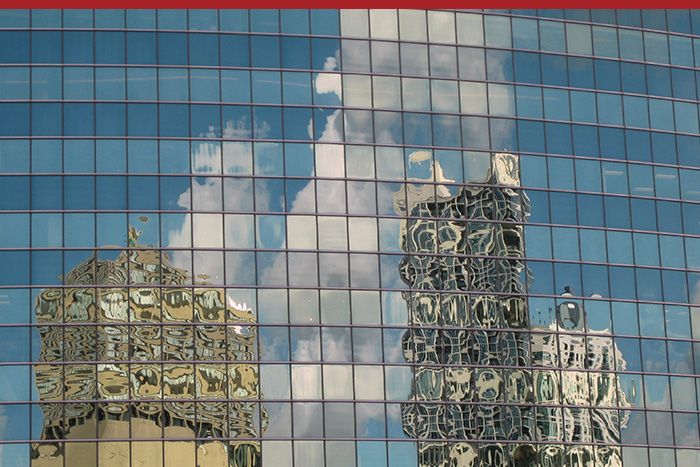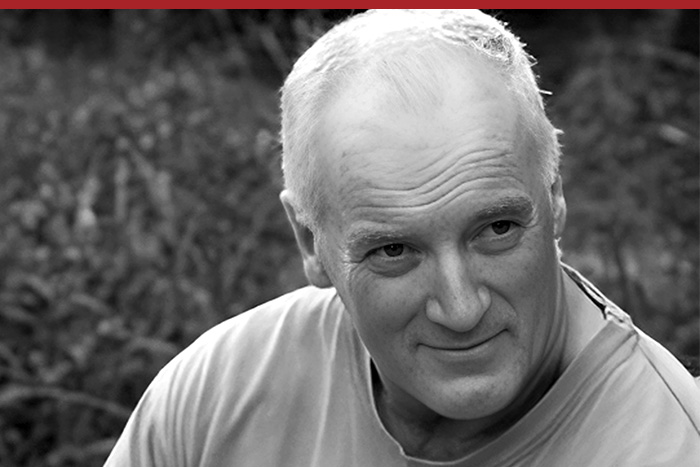Nassim Taleb, best known for his book on Black Swan events (events that are typically random and are unexpected) has introduced a new word into the management and leadership lexicon – ANTIFRAGILE.
He starts with the deceptively simple proposition that the opposite of fragile is not robust. In his book of the same name he introduces the concept of the Antifragile.
The concept of fragility is very familiar to us. It applies to things that break when you strike or stretch them with a relatively small amount of force. Porcelain cups are fragile.
Things that do not break so easily when you apply force or stress to them we call strong or resilient, even robust. A cast-iron pan, for instance. This is familiar conceptual territory for most of us.
However, there is a third category here that is often overlooked. It includes those things that actually get stronger or improve when they are met with a stressor (up to a point). Illustratively, he points to safety in the airline industry that exists today due to crashes in the past. It is a safer way to travel because of past “breakages”, so to speak.
This antifragile property can be said to apply to living things generally, as in the famous aphorism ‘what doesn’t kill you makes you stronger’. For example, we are now beginning to realize just how much children who are raised in what we might call “dirty” environments (e.g. some parts of India) have much stronger immune systems than those raised in more sterile “western” world conditions. Strangely, we don’t really have a word for this property, this opposite of fragility. For Taleb, all complex systems (like societies, economic systems, businesses etc.) have, or must confront this property in some way.
The urge to fragilize
He points to a widespread tendency to remove chaos or disorder for it is frightening or in his words “we have been fragilizing the economy, our health, political life, education, almost everything… by suppressing randomness and volatility”.
In terms of Stacey’s model, we tend to want to drive problems or issues from the top right space or the middle ground down into the bottom left hand corner where we can agree with others as to what the issue is and we can have confidence that if we undertake action X we will produce result Y.
Taleb argues this approach makes the very systems we seek to address even more fragile. How? To understand this we need to first accept that all complex systems are dynamic, interactive with themselves and their environment, and essentially unpredictable. Seeking to make them stable, ordered and predictable removes the very nature of their success – their non-linearity, their dynamic interchange. Mess is good. Order that removes this messiness ends up making the system brittle and with far less robust responses to knocks and shocks. In other words, it makes the system more fragile. Taleb suggests a number of key principles that will promote not only resilience but, especially, antifragility. These same principles can inform how leaders and leaders of change might respond to top right space unthinkable events and processes.
Most change fails
It is a sad indictment on the field that the pervasive and dominant model of change management that drives so much modification to structure, strategy and process in the corporate world largely fails to achieve its desired outcomes.
Change is often conceived and executed within the frames of thinking that sit in the ‘bottom left hand corner’ rather than the middle ground, and it lacks the appropriate style of leadership to support what emerges. Even worse, such thinking is absolutely inappropriate to top right space issues and problems.
Taleb’s work on antifragile systems now explains why so much well intentioned effort into change management is futile
Tim Dalmau







